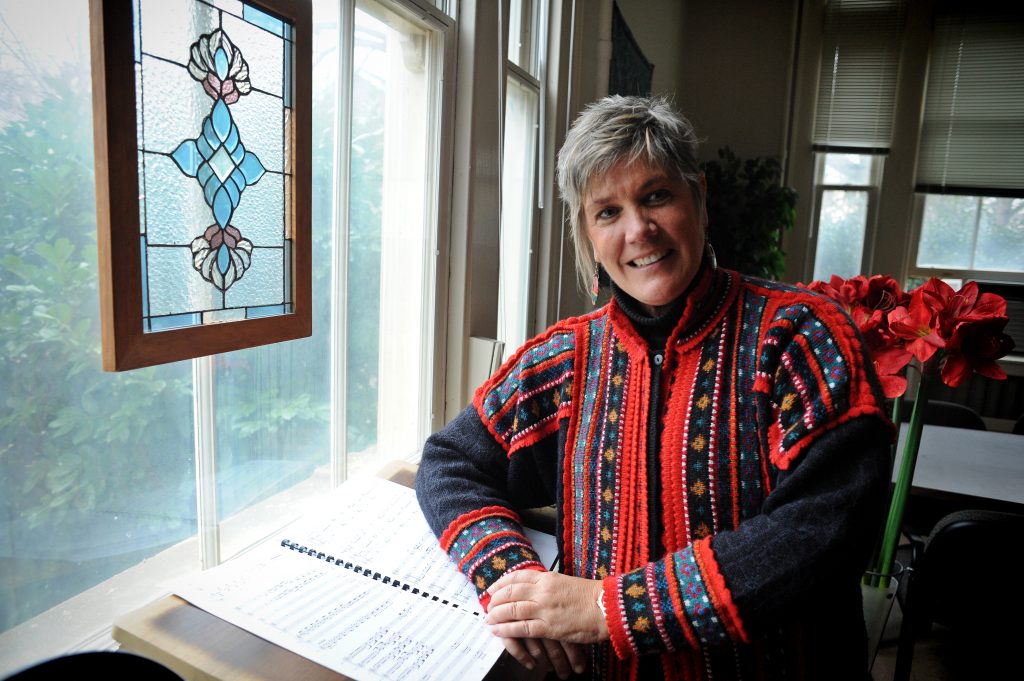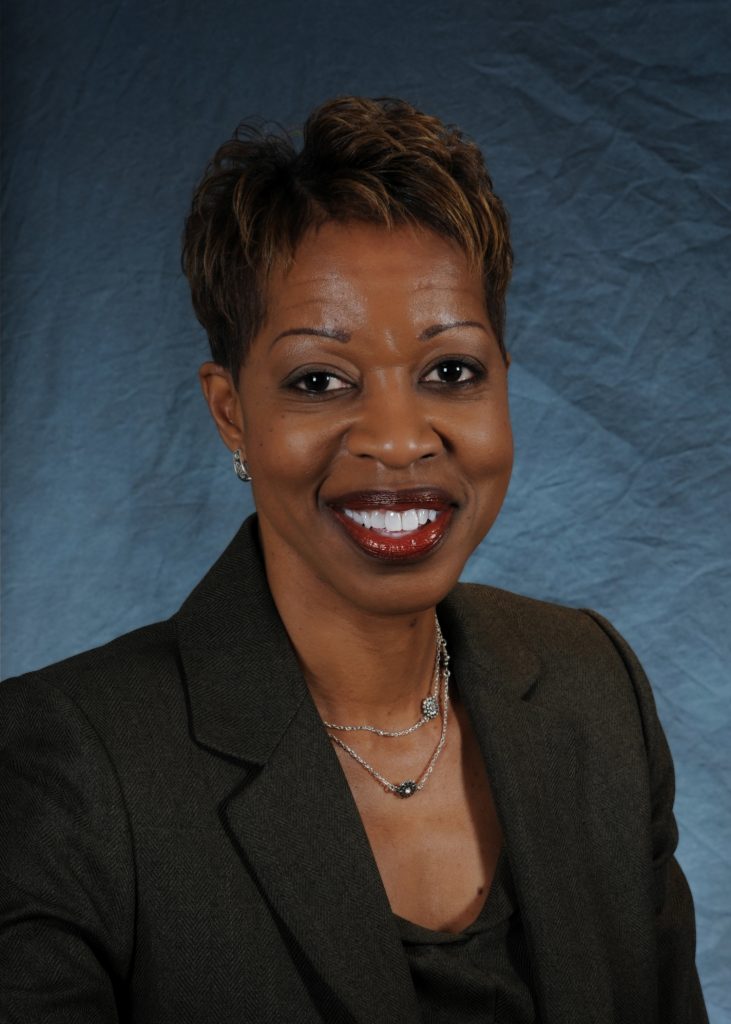Students enrolled in “Robotics with LEGO” do have fun, but this First Year Seminar (FYS) is hardly child’s play. Students in the course learn the process of basic computer software design, as well some simple mechanical design. They use computers to read sensor values and control actuators — equipment that produces movement after receiving a signal. Students also hone their programming chops and improve their communication skills by writing and making presentations. Throughout the course, they build their own LEGO robots and prepare them for competition.[youtube]http://www.youtube.com/watch?v=z3_fAOsoL2s&list=UUtWAPF8RlSqd6kkVPqAyJNg&index=3&feature=plcp[/youtube]
This computer science course designed for new undergraduates includes both lectures and labs and begins with an introduction to programming in the Java language. Students design, build and program robots to solve problems, which become progressively more complex through the semester. The course was created a decade ago by Anselmo Lastra, in collaboration with computer science professors Henry Fuchs, Gary Bishop and Fred Brooks.
Know the basics
Some students in the course already have some knowledge of elementary computer programming. UNC uses the Lego Mindstorms Robotics Systems for the robot materials and a public domain Java programming language environment instead of the simpler software that comes with the LEGO kits.
For every problem, there’s a solution
Much of the course focuses on problem solving. “Often students try to solve a problem all a once,” Lastra noted. When they learn to break a problem down bit by bit, they move closer toward a solution. Students program their robots with special software, smart sensors and other features.
“I think the course is an avenue in creativity for many students,” Lastra said. The completed robots are small, measuring from 6 to 8 inches tall, but can be quite complex.
Robots on the run
Once students complete their robots and become adept at operating them, it’s time for the competitions. Though fun, these events also serve as an evaluation of how well the robots are constructed. The competitions vary. Robots may race through a maze, or participate in robot soccer or another athletic event. Occasionally in the heat of competition, a robot may spin out of control. Some robots fall behind. Other robots just fall. However, most of the robots perform perfectly — just as their creators programmed them.
Lastra is professor and chair of the computer science department. His research is in 3D computer graphics.
[ Story by Eleanor Lee Yates ’78, video by Mary Lide Parker ’10, from spring ’12 Carolina Arts & Sciences magazine ]



